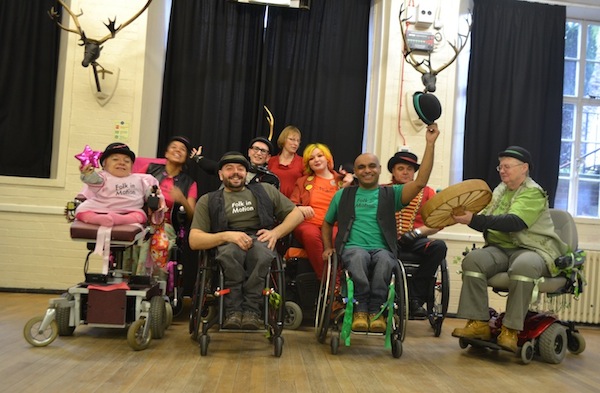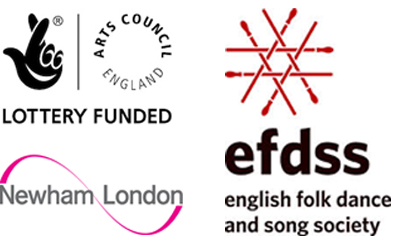The history behind Wolk dancing You can download this information in Word and PDF formats
Most country dances are based on one of three formations. 'Round' or circle dances have origins that go back thousands of years, and are common in many other traditional dance forms too. These dances include as many couples as can be fitted into the space available to dance. In 'Longways' sets, couples line up behind each other, again with the numbers only limited by the space. Then there are square and triangular formations, which are usually for two, three or four couples only. Although called 'country' dancing, the dances began in the court of Queen Elizabeth 1st , and for many years were danced only by the wealthy. The choreography partly developed in response to architectural developments. The introduction of balconies and sweeping staircases made it easy to see the patterns being created by the dancers, while the long picture galleries available in country houses influenced the development of 'longways sets'. Country dances were first published in written form in 1651, when John Playford wrote The English Dancing Master. This contained 104 dances, each with their own music. Further publications by Playford and others followed, and around 900 dances survive in some form today. Dances became social spaces that offered single men and women one of the few opportunities to meet and talk together. Some dances are choreographed deliberately so that couples swap partners each time they repeat, returning to their original partner at the end. Dances were also spaces to discuss politics and business and make deals, particularly in the 18th century. The country estates of the English aristocracy housed large numbers of domestic and agricultural workers, and were essentially feudal in the way in which they operated until the First World War. Traditionally, the workers were brought together at festival times, and the dances were adopted by them too. This further influenced the choreography, ensuring that it was simple enough to be danced by people of all ages and abilities and at slower and faster speeds. Rural communities continued to dance 'country' dances at their social gatherings long after the aristocracy had moved on to other dance forms and politics were no longer entwined with the ballrooms. However, as the cities developed following the Industrial Revolution of the mid-18th century onwards, whole villages began to empty and were abandoned. At the beginning of the 20th century, a music teacher called Cecil Sharp became interested in traditional English dance when he saw a group of Morris dancers performing over Christmas 1899. Realising that many traditional dances and tunes were in danger of being lost due to the depopulation of the countryside, he began to travel around England to document them. In 1911 Cecil Sharp founded the English Folk Dance Society, in order to teach a new generation the dances. He was assisted in this by Maud Karpeles, a wealthy volunteer youth worker in Newham, and by the East London children she taught, who demonstrated the dances to the middle- and upper-class people who began the Society. Karpeles went on to travel with Sharp to the US and Canada in the First World War, collecting the traditional English dances and music which had travelled with immigrants to North America but had not survived in England. In autumn 2011, to celebrate the centenary of what is now the English Folk Dance and Song Society (EFDSS), Ju Gosling's exhibition Canning Town Folk was staged at Cecil Sharp House, the EFDSS HQ. The exhibition included an animation of the movement patterns of three country dances, Newcastle, Circassian Circle and Hey Boys: Canning Town Trio. Ju was interested in the similarities between creating the animation and choroegraphing for wheelchair users. She successfully applied for an Arts Council England development grant, and with the support of EFDSS, organised a week-long research project in November 2011 which brought together other Disabled professional performers. At the end of the week, Folk in Motion and 'wolk dancing' had been born. Part of the 21st century growth in ''fusion folk' dance forms, 'wolk' also takes in traditions such as Morris and references the impact of the Industrial Revolution, as well as exploring through costume what it means to be 'English'.
Photo:
Hugh Hill
|

 Wolk
dancing is based on traditional English 'country' dancing, where dancers
move in pairs to create complex geometrical patterns. Although there
are now set steps for each surviving country dance, to begin with
only the underlying patterns were of key importance.
Wolk
dancing is based on traditional English 'country' dancing, where dancers
move in pairs to create complex geometrical patterns. Although there
are now set steps for each surviving country dance, to begin with
only the underlying patterns were of key importance.
